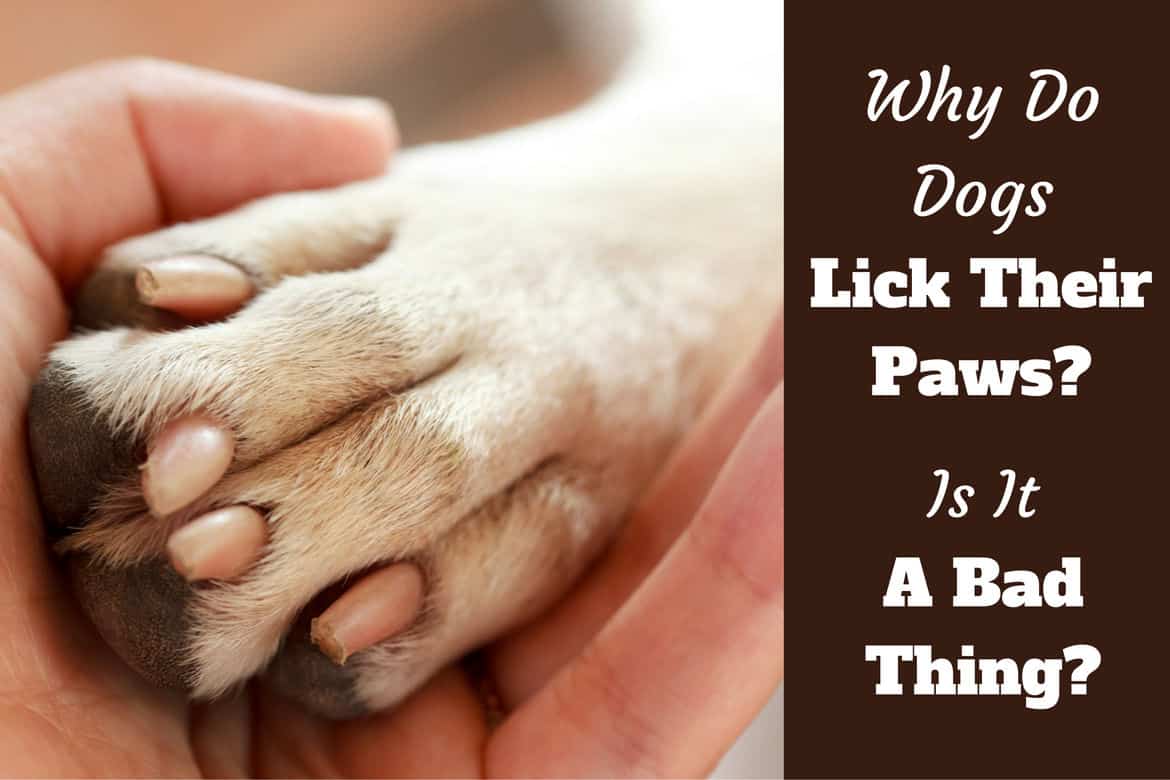Dog Paw Up Mysteries Decoded

Ever glance at your canine companion and find them staring soulfully at you, one paw delicately suspended in mid-air? It's a common canine quirk, a gesture brimming with potential meaning. But what's the deal with this paw-raising phenomenon? Why do dogs hold their paw up, anyway? It's a question that has perplexed pet owners for ages, inspiring endless speculation and internet deep dives.
The truth is, there's no single, universally applicable answer. Dogs, like humans, communicate in a variety of ways, and a raised paw can be a canine exclamation point, a subtle plea, or even a sign of discomfort. Deciphering the message requires a keen eye for context, a sprinkle of intuition, and a dash of Sherlock Holmes-level deduction. So, prepare to embark on a journey into the fascinating world of canine communication as we explore the various reasons behind this paw-some posture.
One of the most frequent explanations for a lifted paw is simple: pain. If your dog is consistently holding a specific paw aloft, it’s a major red flag that something could be amiss. A thorn, a cut, a fractured toe, or even arthritis can cause discomfort, leading your furry friend to favor the affected limb. In these cases, the raised paw is a silent cry for help, a way of saying, "Hey, this hurts!" If you notice this behavior, a trip to the vet is in order to rule out any underlying medical issues.
Beyond pain, a lifted paw can be a playful invitation, a sign of appeasement, or even a learned behavior. Dogs are masters of non-verbal communication, and they often use subtle body language cues to express their emotions and intentions. A paw held aloft during playtime could signal a desire to engage in a friendly tussle, while a submissive paw lift might indicate deference to a more dominant dog or human. Some dogs even learn to raise a paw on command, a charming trick that never fails to impress.
Understanding the nuances of a dog lifting a paw requires paying close attention to the surrounding circumstances. Is your dog exhibiting other signs of distress, like whining or limping? Or is the paw lift accompanied by a playful bow and a wagging tail? The context provides crucial clues to decode the canine message. Think of it as a doggy Rosetta Stone, unlocking the secrets of their silent language.
Let's dive deeper into the possible reasons behind this puzzling paw-raise. For example, some dogs raise a paw when they are focusing intently, perhaps trying to pinpoint the source of an intriguing sound or scent. Others might lift a paw while being petted, a sign of contentment and enjoyment. And then there are those dogs who simply seem to enjoy holding a paw up, as if striking a pose for an invisible canine paparazzi.
Several benefits can be observed when we understand why dogs raise their paws. First, it allows for better communication and a stronger bond between owner and pet. Secondly, early recognition of a paw lift signaling pain can lead to prompt veterinary care and a faster recovery. Finally, understanding the nuances of canine body language can help prevent misunderstandings and potential conflicts, leading to a more harmonious relationship.
Advantages and Disadvantages of Understanding Paw Lifting
| Advantages | Disadvantages |
|---|---|
| Improved communication with your dog | Can be over-interpreted or misconstrued |
| Early detection of potential health problems | Requires careful observation and context analysis |
| Enhanced bond with your pet | No single, definitive meaning for paw lifting |
Frequently Asked Questions:
1. My dog keeps lifting his front left paw, should I be worried? If it’s persistent, see a vet.
2. Is a lifted paw always a sign of pain? No, it can also indicate playfulness, focus, or learned behavior.
3. How can I tell if my dog’s raised paw is due to pain? Look for other signs like limping, whining, or swelling.
4. Why does my dog lift his paw when I pet him? It could be a sign of enjoyment or contentment.
5. Can dogs learn to lift their paw on command? Yes, it's a common trick.
6. What should I do if my dog is holding his paw up and seems distressed? Contact your veterinarian immediately.
7. My dog lifts his paw when he's playing, is this normal? Yes, it can be a sign of playful engagement.
8. Do all dogs raise their paws for the same reasons? No, the reasons can vary depending on the individual dog and the context.
Tips and Tricks: Observe your dog closely, paying attention to accompanying behaviors and body language. If in doubt, consult with a veterinarian or a professional dog trainer.
In conclusion, the mystery of why dogs hold their paw up is a multifaceted one. From pain signals to playful gestures, the raised paw is a window into the complex world of canine communication. By learning to interpret these subtle signals, we can strengthen our bond with our furry friends and ensure their well-being. Understanding the nuances of canine body language allows us to respond appropriately to their needs, whether it’s providing comfort for a sore paw or joining in on a playful romp. So next time you catch your dog with a paw aloft, take a moment to observe, analyze, and appreciate the intricate communication system of our beloved canine companions. This seemingly simple gesture is a testament to the rich and fascinating language of dogs, a language that speaks volumes without uttering a single bark. Continue to learn about your dog's unique communication style and deepen your connection with your four-legged friend. By observing, learning, and responding appropriately, you can build a stronger, more fulfilling relationship with your canine companion, one paw lift at a time.
Bm morning dew rgb a deep dive into this mesmerizing phenomenon
Decoding your bmws wheel bolt pattern a comprehensive guide
Enhanced comfort with sinar jaya executive legroom













